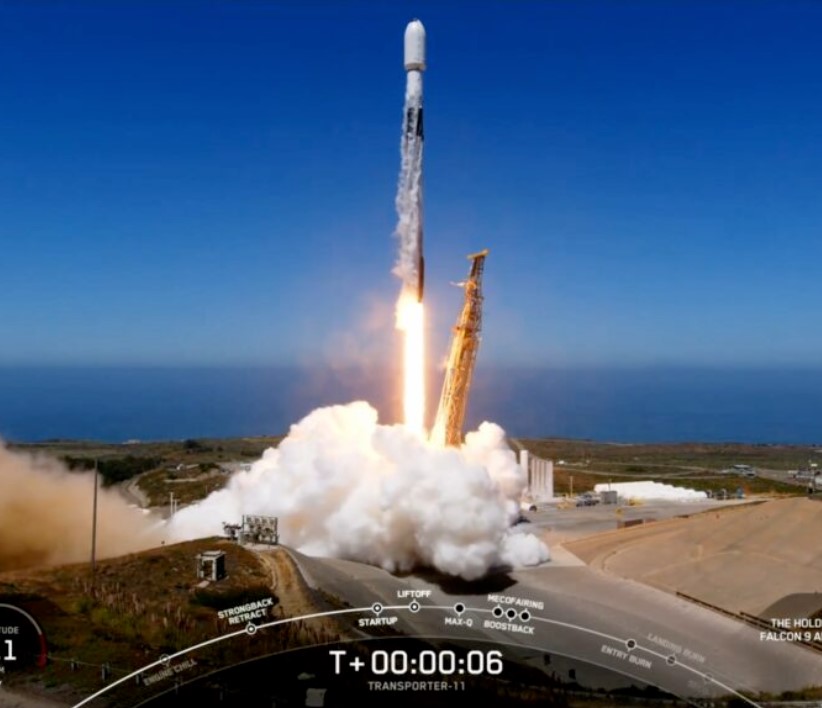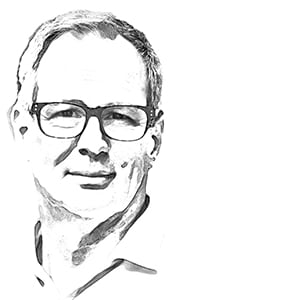After a shaky start, the Australian designed and manufactured cube satellite CUAVA-2 is moving back on mission following a reboot and is now undergoing commissioning of services.
The CUAVA-2 satellite is the product of the Australian Research Training Centre for CubeSats, UAV and their Applications, and Australian Research Council centre of excellence led by the University of Sydney.
For space nerds with time over the summer, CUAVA-2 and its sister satellite Waratah Seed-1 are currently travelling at about 27,350km per hour and circles the earth once an hour – and can be followed in real-time at the CUAVA website data dashboard.
The centre announced yesterday that after 110 days in space and more than 1800 orbits around the earth, the CubeSat’s payloads – produced primarily by academic research teams and university-based startups – were being readied for work.

The two satellites were launched in mid-August on a SpaceX Transporter 11 mission managed by Exolaunch from Vandenberg Space Force Base in California and successfully deployed about 550km above earth.
The team initially established communications with CUAVA-2 during its first pass over Sydney, bu unlike the Waratah Seed-1 mission, CUAVA-2 experienced difficulties with the satellite’s first SD card failing about five days after launch – most likely due to radiation from ‘space weather.’
The satellite has automatically booted its backup system and commissioning of the satellite is under way.
Among the payloads onboard are:
A GPS Reflectometry Receiver called Harry3, designed by a team from the Australian Centre for Space Engineering Research at UNSW, to monitor ocean waves and land characteristics remotely by measuring GPS signals scattered from the Earth’s surfaces. The payload has strong potential for applications in shipping, offshore oil rigs, sea-ice discrimination, and agriculture.
A HyperSpectral Imager (HSI) designed and built at Sydney Uni’s School of Physics and SAIL Lab to capture images of marine and coastal environments at many wavelengths. These observations have potential applications for agriculture, forestry, coastal and marine monitoring, and mineral exploration.
A Charge Exchange Thruster (CXT), invented and built at the School of Physics at Sydney Uni to demonstrate a prototype plasma thruster, which can that can move small satellites in orbit using plumes of high-velocity neutral particles. The technology aims to address the shortage of electric propulsion systems on CubeSats. It is easy to manufacture and has potential as a commercial product.
A Cross-reference of Stellar System (CROSS Star Tracker) designed by a student team to capture highly accurate satellite positioning data using images of known stars in a compact, cost-effective, and commercialisable payload for CubeSats.
A Perovskites in Orbit-Readiness Test (PORT) payload designed by EurokaPower, a startup led by 2024 Space Scientist of the Year Anita Ho-Baillie and her team in the School of Physics. PORT demonstrate in spaces the capabilities of perovskite solar cells, high-efficiency, high-performance space-grade solar cells that can be manufactured at greatly reduced cost.
The CUAVA-2 and Waratah Seed-1 missions are a part of a surge in interest in the space sector, and aim to grow Australia’s space capabilities and knowledge through researchers and students from within CUAVA’s many partner organisations.
The technical demonstration payloads each address a niche export market within the international space sector, presenting opportunities to build the domestic industry.
You can follow the progress of the CUAVA-2 satellite in real time at the mission’s data dashboard.
Do you know more? Contact James Riley via Email.

